Global temperature trends refer to the overall changes in average temperatures across the Earth’s surface over an extended period, typically decades or centuries. These trends are analyzed using data collected from weather stations, satellites, and other sources, revealing patterns of warming or cooling over time. In recent decades, scientific evidence has shown a significant and consistent increase in global temperatures, primarily attributed to human activities such as greenhouse gas emissions. These trends are of critical importance for understanding climate change and its potential impacts on ecosystems, weather patterns, and human societies worldwide.

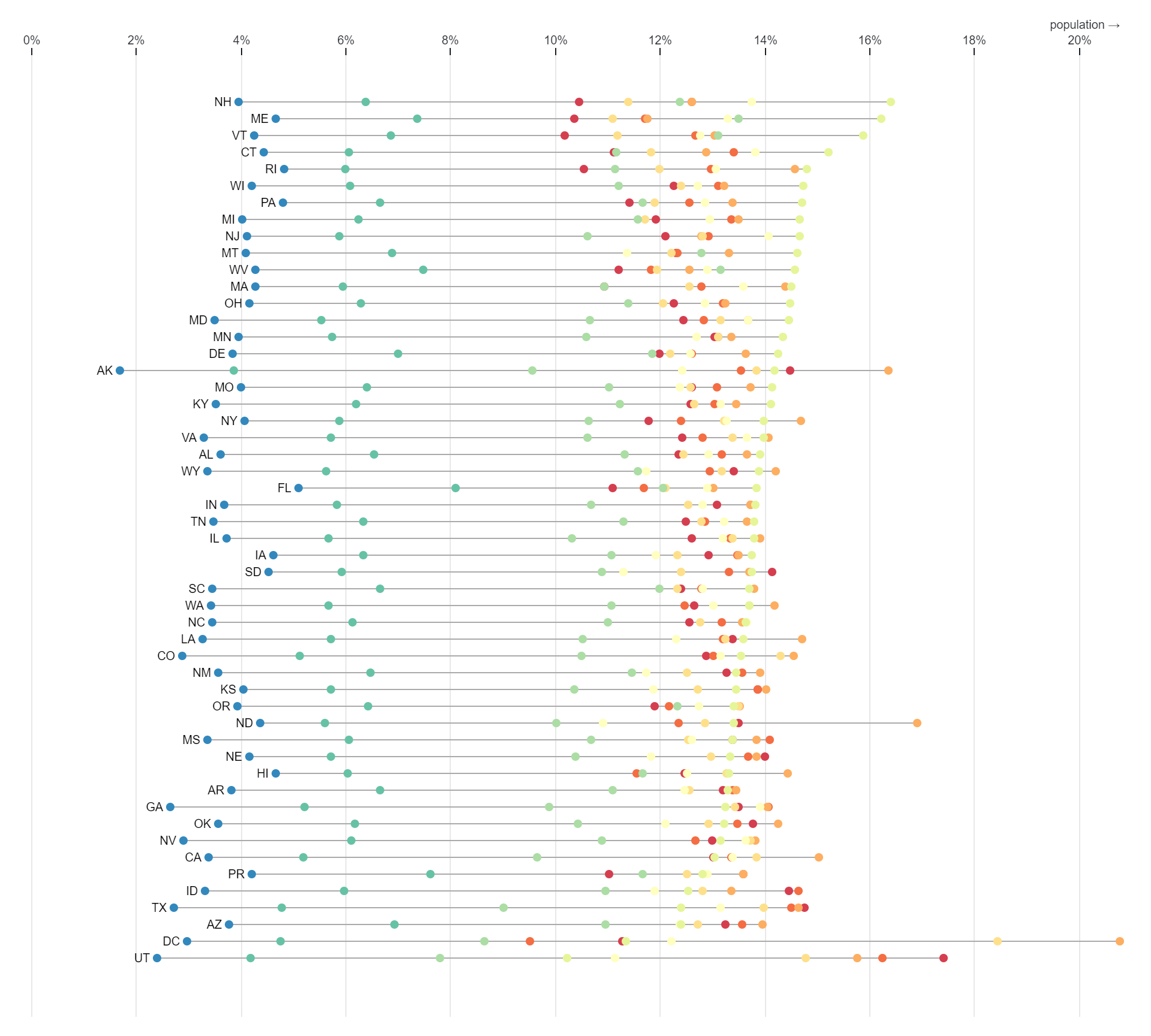
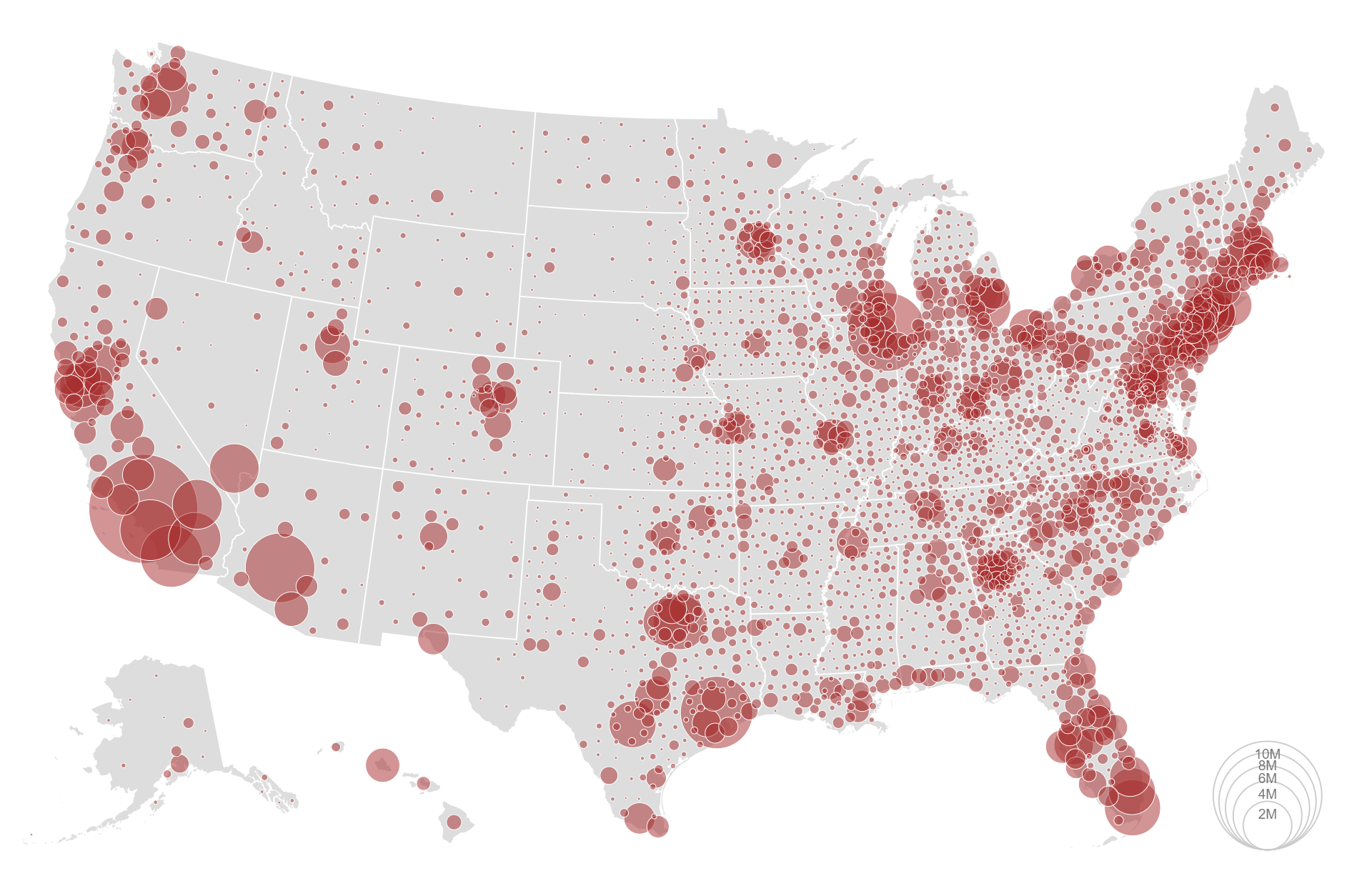
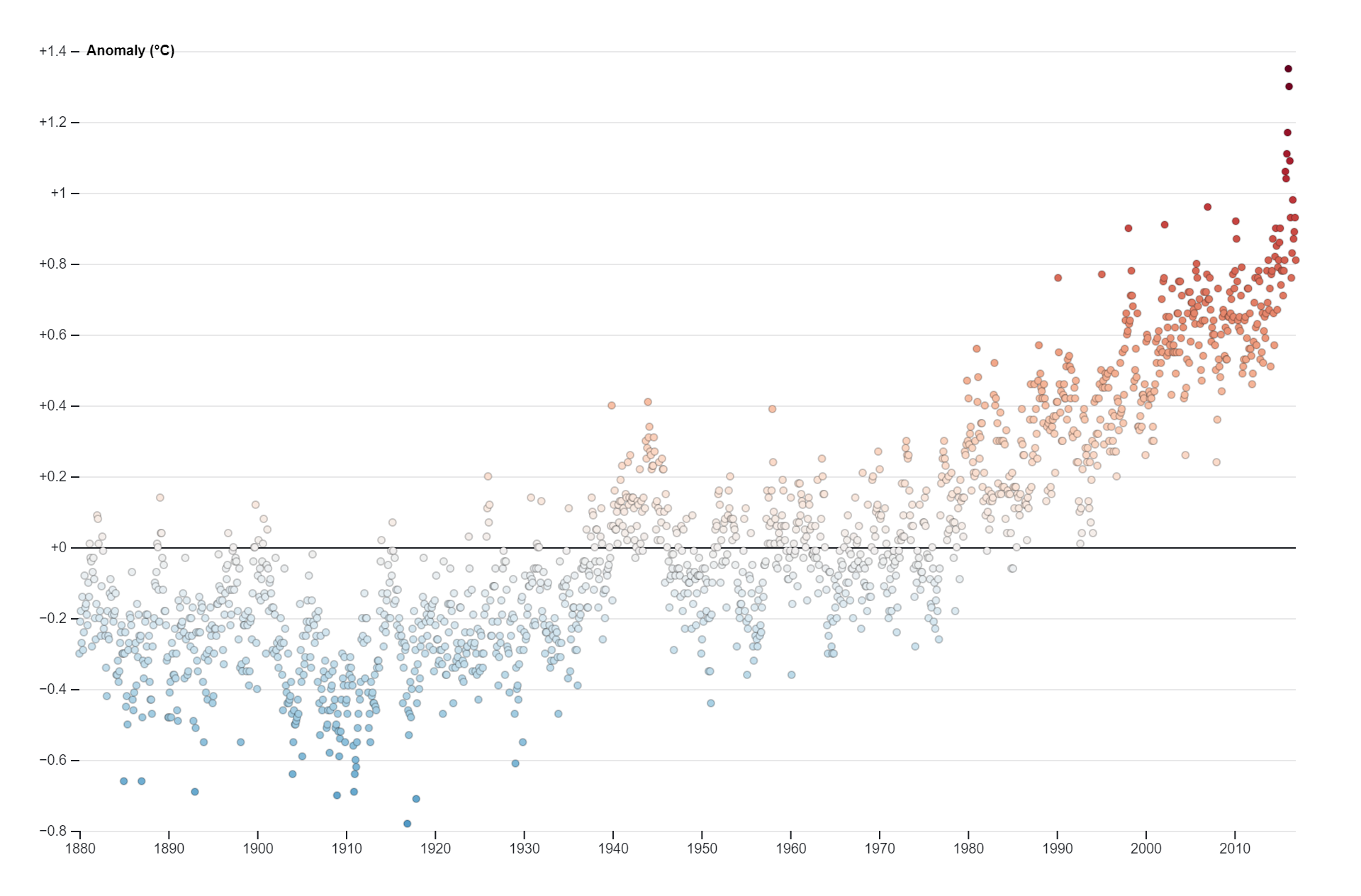
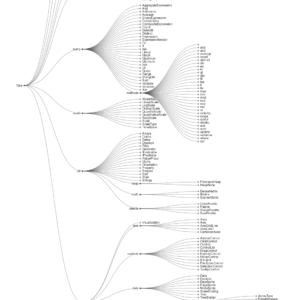
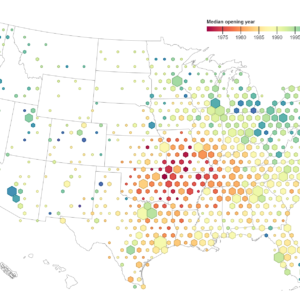
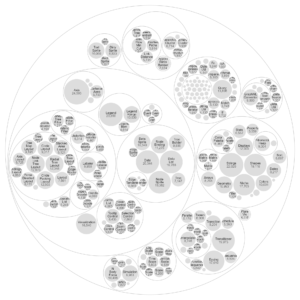
Reviews
There are no reviews yet.